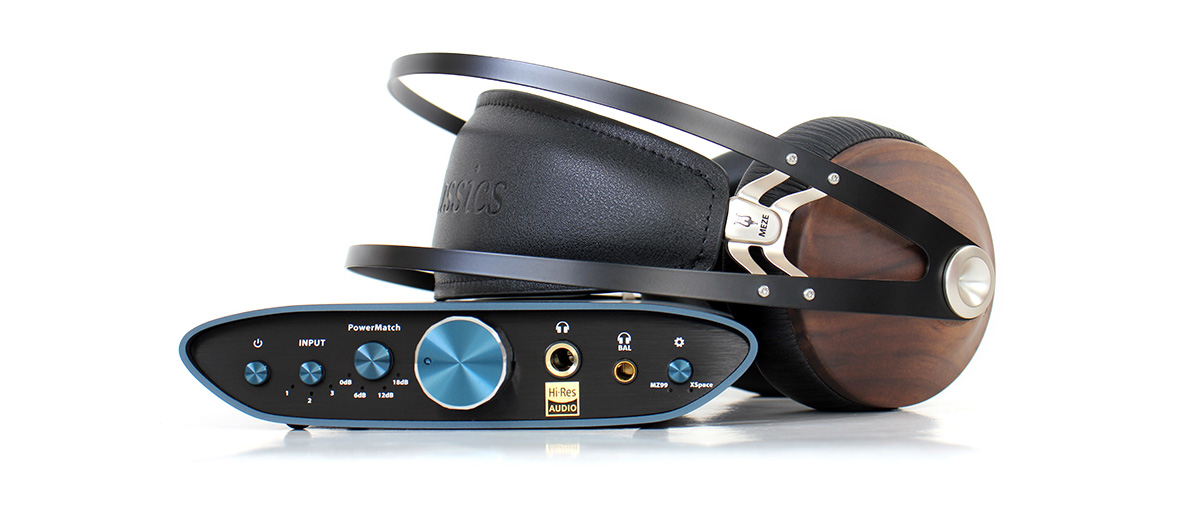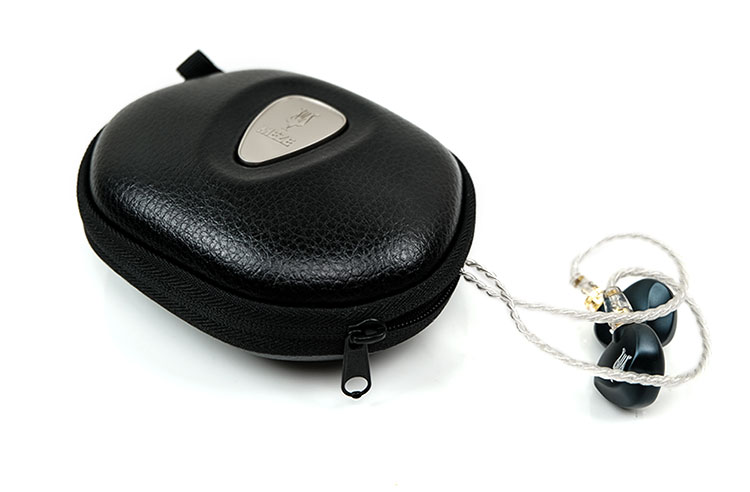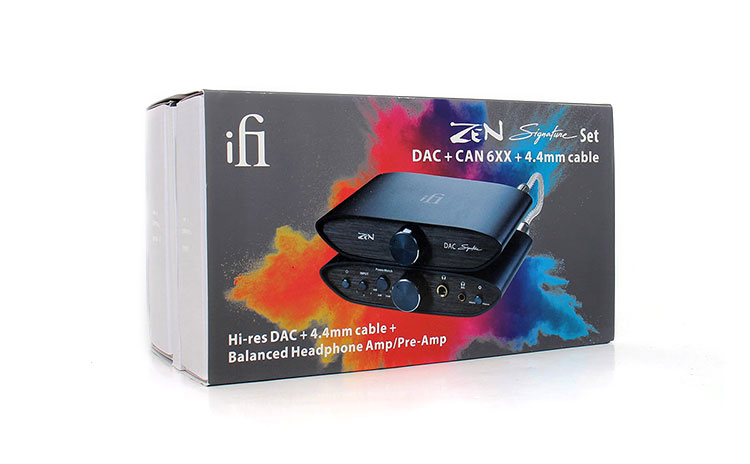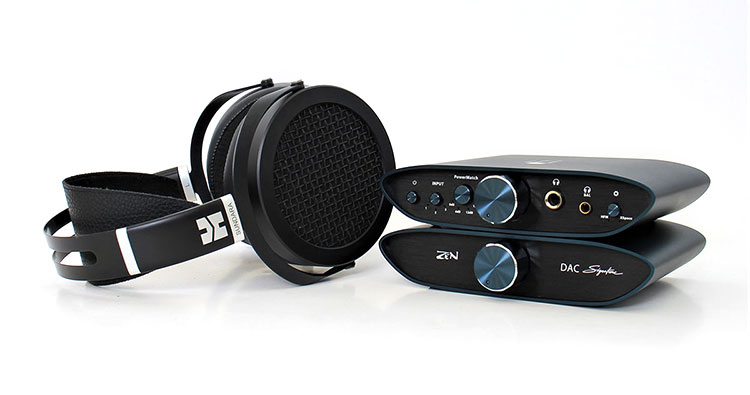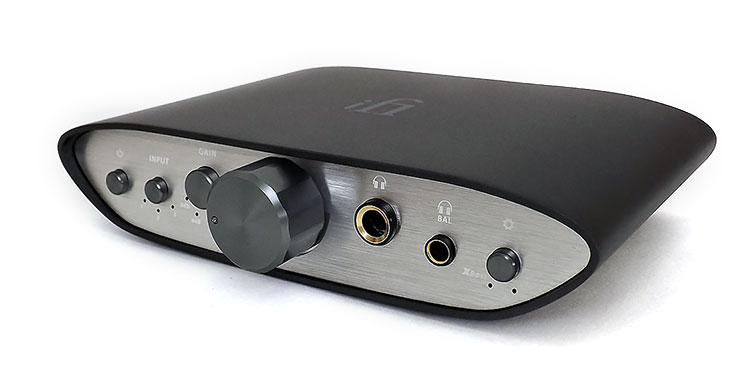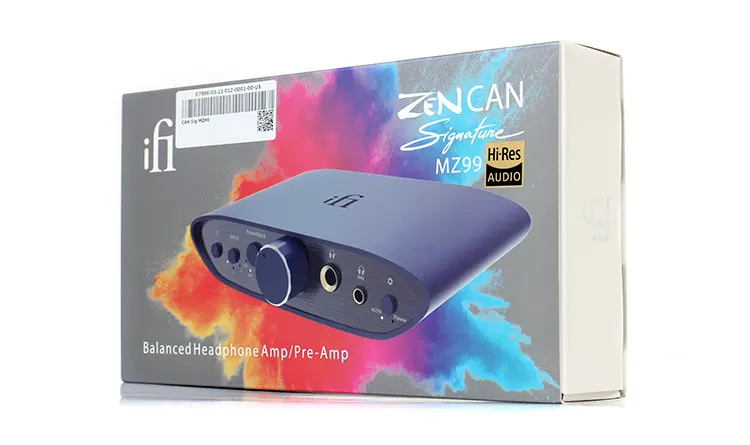Sound Impressions
Summary
The iFi Audio ZEN CAN Signature MZ99 amp comes bundled with a ZEN DAC Signature decoder. But I did most of my listening with the ZEN ONE Signature. It has the same DAC section. It just adds Bluetooth capability.
Most of you probably heard one of these iFi Audio Signature series amplifiers and most likely agree that the sound signature offers balance, clarity, and a slight iFi Audio touch, which is a warm character.
So, in general, and as an addition, the overall MZ99 sonics come across with a high amount of dynamic range while simultaneously portraying a smooth realistic tone, albeit with a touch of forwardness.
MZ99 Characteristics
The MZ99 feature itself seems to give the impression of adding a bigger bass driver to a good set of speakers. It takes the bass and gives it some needed and welcomed visceral impact and presence. Imagine listening to the MZ99 but with a subwoofer nearby, that’s the sensation I get.
Some might consider the Meze Audio 99 Classics to be deficient in the lower octaves but the MZ99 feature raises the entire bass region below the 200Hz mark it seems.
At times the boost can be overwhelming, especially on tracks that already have an elevated bass response and with other headphones that have elevated bass.
However, the MZ99 feature works not only in the bass region but this feature brings forth some of the upper midrange and lower high frequencies as well. I’d say that the small tweak is around the 5kHz area. It is a subtle effect in the treble but the featured MZ99 tuning is more effective and felt mostly in the bass region.
The Meze Audio 99 Classics tend to have ample bass presence to me but the vocal presentation is not a forward one and it seems iFi Audio didn’t push them forward here.
The midrange remains stock but it takes on added width when you use the MZ99 feature in combination with the XSpace feature. The result is that some of the hidden midrange detail comes forth compared to stock.
Staging and Dynamics
These iFi Audio ZEN CAN amplifiers are capable of producing a wide but precise stage. There’s also a touch of midrange forwardness that adds some focus in that area which benefits the MZ99 naturally. It also helps to portray accuracy in placement.
There are elements that at times seem close but on the sidelines, one can hear more distant sounds and proper placement translations that produce good micro staging capabilities.
That slight forwardness
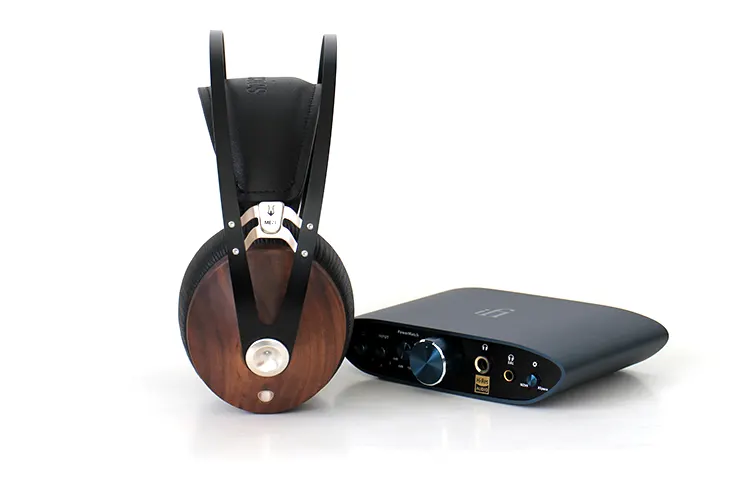
Put on Pat Metheney’s “Roofdogs” on the Unity album and that beginning transient will certainly demonstrate the amount of wallop that these amps can produce, I recommend you hold on to your seat.
Synergy
Power
iFi Audio amplifiers always sound energetic and deliver amounts of power that almost contradict the listed specifications. It’s as if iFi Audio purposely lists modestly underrated specifications.
I’ve used 3-watt per channel amplifiers that seem similar in power output. I don’t have any issues powering most of my heavy power-hungry headphones with this line of amplifiers.
There is a slight decrease in transients when using the MZ99 single-ended 3.5mm plug when you compare the two in an A/B comparison but the fact is that the balanced side can supply twice the current amount as noted in the included voltage output rating.
The MZ99 specifications don’t mention the SE side dynamic range and SNR specification and iFi Audio just lists the balanced side specifications but I bet those numbers drop five digits minimum.
Pairing
One of the main characteristics of the MZ99 EQ implementation is that it works on bass below 200Hz and then it dips to normal levels above 220Hz. The boost can be overwhelming sometimes but it makes great synergy, particularly with hybrid models within the various IEM designs.
I find most hybrids, for example, cross over around the 200Hz area so when you engage the feature it mostly raises the bass driver while leaving the other drivers stock. I felt this effect with FiiO’s FH9 and with Meze Audio’s own RAI Penta.
So, my apologies if I go against the grain here but the fact is that the iFi Audio ZEN CAN Signature MZ99 feature works well with many headphones and IEMs I tested this unit with.
The MZ99 feature works well with most headphones or IEMs that are bass deficient such as the HIFIMAN Arya V2 and the iBasso IT07 but excluding those that have a raised midbass hump because then the synergy might push the bass to that overwhelming point I mentioned earlier.
Select Comparisons
iFi Audio ZEN CAN Signature 6xx
The Signature 6xx button adds some bass presence, yes but it also tames some small peaks that fall in between the 2kHz and 7kHz range on the Sennheiser HD600 which can get a bit shouty at times in that area, especially on bright-sounding solid-state amplification.
On tubes, they smooth out in that area and they warm up some and this allows the listener to go on longer listening sessions with a minimum amount of fatigue that usually comes from the upper mid-range of frequencies.
This is the effect I get from the 6xx variant feature, It’s almost tube-like in sonic presentation. The 6xx feature fattens up the bass below 120Hz with a steady increase of around 5 decibels at max peak.
If you have any of the Sennheiser headphones this is the one to get. But it also has the least extreme curve and the most modest boost of the bunch so this one might be best for those who are looking for a more subtle effect in general.
iFi Audio ZEN CAN Signature HFM
iFi Audio tweaked and tuned the feature on the HFM variant more so than on the other three variants and it seems more precisely tuned to work best with the popular Sundara open back and the 400SE.
iFi Audio tamed many peaks and valleys on this one. Eight areas of tuning in total were worked on and not just three areas that were tweaked on the 6xx variant. The curious aspect is that I find the Sundara open-back to naturally be the smoother headphone of the bunch.
Again, HIFIMAN headphones in general tend to be top bright although one can say that the ones mentioned above have an almost bottomless reach in the bass region, but don’t provide a visceral bass experience stock.
The HFM brings some impactfulness forward and brings forth some much-needed visceral energy into the bottom octaves of these cans but the feature also works on other full-sized headphones since the bass boost is a shorter banded implementation that doesn’t affect the upper bass region.
iFi Audio ZEN CAN V1
The original iFi Audio ZEN CAN retained the silver color scheme that gives one a retro aspect. It’s a design that one would expect something similar from someone like B and O back in the 70s. The chassis design has old-world appeal and quality alike.
This model keeps the traditional Xbass that implements a bass boost that starts to rise below 200Hz and the largest boost, or peak is at the very bottom of the frequency curve and it raises frequencies at that bottom frequency 6 decibels above flat.
The XBass boost will also work well and is similar to controlling a dedicated bass driver in which the mids are not affected. Most hybrid IEMs usually cross over in that 200Hz area like the FiiO FH9 or the Kinera URD. This feature works well on bass-deficient headphones alike.
This model is the more versatile model since it has a lower price tag but retains the performance and all the features including the I/O, amplification, and the PowerMatch feature. It also retains the Xspace feature and the same basic construction quality.
Our Verdict
The iFi Audio ZEN CAN Signature MZ99 amplifier variants do not have to be exclusively paired with a specific headphone because they also offer a natural and neutral setting if the effect is not desirable.
It does make perfect sense to pair the iFi Audio ZEN CAN Signature MZ99 with the corresponding Meze Audio 99 classic headphone but who’s to dictate that this amp won’t work well with the 109 or any other Meze Audio headphones or IEMs?
I’m sure most will like the feature effect but you can go look at each curve from the signature series lineup and choose the one that best suits you. But that takes some homework and might confuse some buyers. But the reward might turn out better than the ordinary.
But a one-stop shopping experience will eventually appeal to and find those who want to walk out of the door with a one-package deal that promises excellent synergy. Here it is.
iFi Audio ZEN CAN Signature MZ99 Specifications
- Inputs: RCA, 3.5 (single-ended), 4.4mm (balanced)
- Headphone output: ifi zen
- 35 mm, 4.4 mm
- Gain: dB, 6 dB,12 dB,18 dB
- THD+N (A-Weighting): 0.0066% (balanced), 0.0058% (single-ended)
- Maximum output power (16 ohms): 3.0 V / 600 mW (balanced), 4.0 V / 1000 mW single-ended)
- Maximum output power (300 ohms): 15.1 V / 756 mW (balanced), 7.6 V / 196 mW (single-ended)
- Maximum output power (600 ohms): 15.2 V / 385 mW (balanced), 7.6 V / 98 mW (single-ended)
- SNR: -122 dB (balanced)
- Dynamic range: -122 dB (balanced)
- Frequency response (-3dB): 10 Hz – 200 kHz
- Function Button: MZ99 adaption and/or XSpace; Bypass
- IMD: 0.0098%
- Crosstalk: -50 dB
- Z out (headphone out): 0.25 ohms (single-ended), 0.5 ohms (balanced)
- Z out (balanced line out): 200 ohms
- Maximum power consumption: 13 W / 2.6A
- Dimensions: 4.6 x 3.9 x 1.2 in (11.7 x 10 x 3 cm)
- Weight: 1.87 Ibs (848g)

